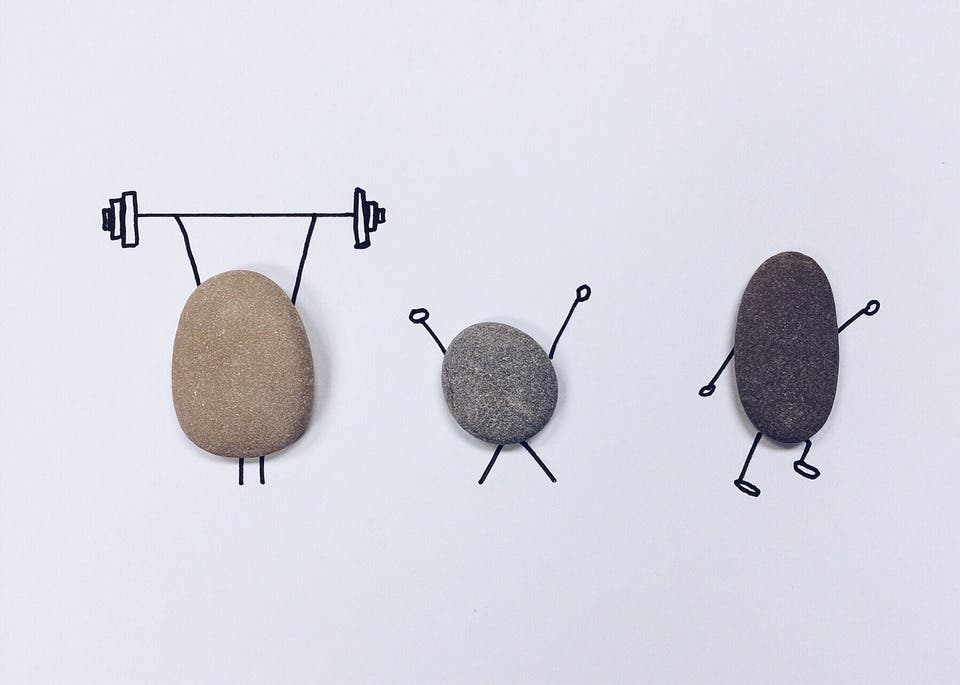Working out in a group can improve your quality of life and lower stress significantly, compared to exercising individually, a new paper reports.

Exercising as part of a group could prove to have some meaningful advantages over flying solo, according to researchers from the University of New England College of Osteopathic Medicine. They found that individuals usually put more effort in the task but see no significant changes in their self-perceived stress levels and only limited improvements in quality of life compared to those who work out in groups.
“The communal benefits of coming together with friends and colleagues, and doing something difficult, while encouraging one another, pays dividends beyond exercising alone,” said Dayna Yorks, DO, lead researcher on this study.
“The findings support the concept of a mental, physical and emotional approach to health that is necessary for student doctors and physicians.”
Dr Yorks and her team recruited 69 medical students at the college for the study. Medical students are a group known for handling high levels of stress and who usually reports low to very low quality of life. The students were allowed to select following a twelve-week exercise program either within a group setting or individually. A control group was also set up, and its members were asked to abstain from any exercise other than walking or biking as a means of transportation.
Every four weeks, participants had to complete a survey in which they rated their levels of perceived stress and mental, physical, and emotional quality of life.
Those who opted for group exercise spent 30 minutes at least once a week in a core strengthening and functional fitness training program called CXWORX. By the end of the experiment, their mean monthly scores showed significant improvements in all three categories (12.6% for mental, 24.8% for physical, and 26% for emotional wellbeing).
Individual fitness participants, in contrast, were allowed to keep any exercise schedule they liked and could opt from a wide range of activities such as running and weight lifting — but they had to always work out alone or with no more than two partners. On average, their surveys showed that they work out twice as long as the other group, but saw no significant change in anything except mental quality of life (11% increase). The control group saw no significant changes in quality of life or perceived stress.
“Medical schools understand their programs are demanding and stressful. Given this data on the positive impact group fitness can have, schools should consider offering group fitness opportunities,” said Dr. Yorks.
“Giving students an outlet to help them manage stress and feel better mentally and physically can potentially alleviate some of the burnout and anxiety in the profession.”
But you don’t have to be a med student to feel the bite of stress — so if you’re ever feeling overwhelmed, gather up a few of your friends and hit the gym. It could be just the quality of life boost you need!
The paper “Effects of Group Fitness Classes on Stress and Quality of Life of Medical Students” has been published in The Journal of the American Osteopathic Association.


